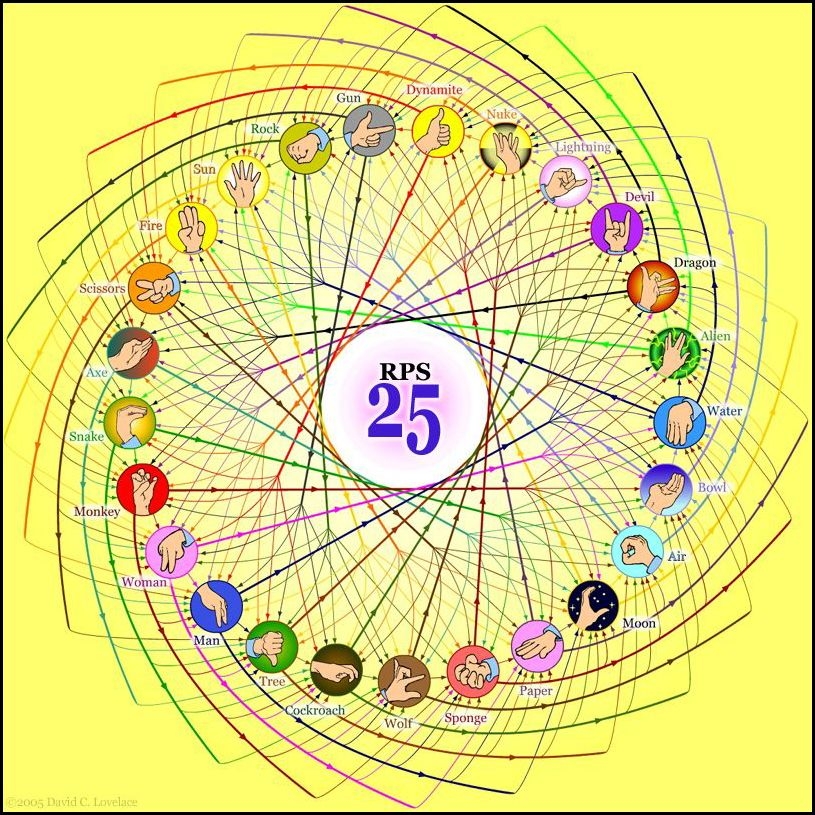Will the Sixth Mass Extinction Event Happen on Our Watch?
The very first life on Earth evolved over 3 billion years ago. Since then there have been five mass extinction events, the last of which killed off the dinosaurs. Some scientists now believe that we are on the verge of a sixth event. But what causes these mass extinctions and what can we do?
A Day in the Life of… a Structural Engineer
You might be starting to think about which subjects you want to study at school, perhaps you have even had a talk about careers.
One thing that is quite tricky to assess is what a job is REALLY like. Some jobs are quite easy to imagine, such as working as a teacher, because we see the work that teachers do every day. Some jobs are a bit of a mystery. What does an engineer actually DO? And what do you have to study, to become one?
Today we are introducing a new series of articles, which will show you the typical working life of people in many different professions. If you know someone who has an interesting or unusual career, ask them if they would agree to a short interview with us to show kids a day in their life.
We were lucky enough to interview Tasha Scott, who was happy to explain to us her studies and career as a Structural Engineer.
Fiery Furnaces and Magnificent Magma – Volcanoes of the World
When you think of a volcano, what do you see? A triangular mountain with its top off, spitting smoke, rocks and red lava flowing down the sides? That’s the most common image, but in fact volcanoes can be lots of different shapes throughout their life.




